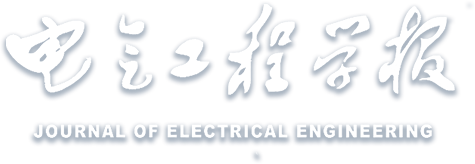Abstract:
Magnetic materials, as the core components in the energy conversion of motor equipment, are vital in enhancing equipment efficiency and ensuring stable operation. The design of high-power density motors necessitates precise modeling and characterization of the hysteresis properties of the selected magnetic materials, thereby providing a theoretical basis for calculating motor iron losses, analyzing magnetization curves, and conducting saturation analysis. Various models for describing hysteresis characteristics have been proposed, which can be categorized into physical and phenomenological models based on their modeling perspectives, with typical models including Preisach, Jiles-Atherton(JA), and Stoner-Wohlfarth. The basic principles of several prevalent hysteresis models are introduced, current research statuses are reviewed, limitations and applicable scopes of various hysteresis models are analyzed, and the significance of hysteresis modeling in motor design is underscored. Finally, some challenges faced in simulating hysteresis characteristics and the future trends in this field are presented. By continuously improving hysteresis modeling methods, this research aims to facilitate the design of new power devices and high-efficiency novel motors for industrial applications.


 下载:
下载: